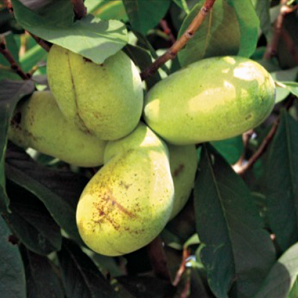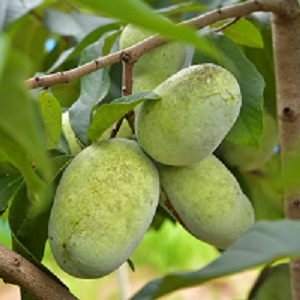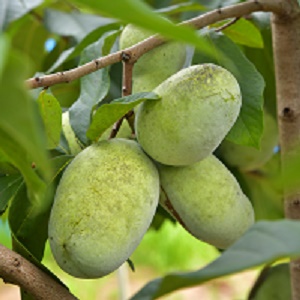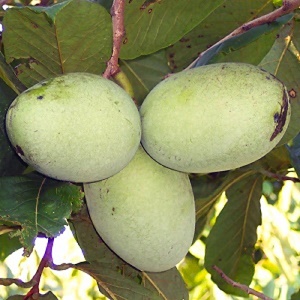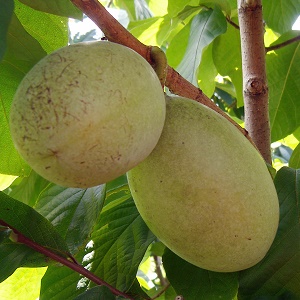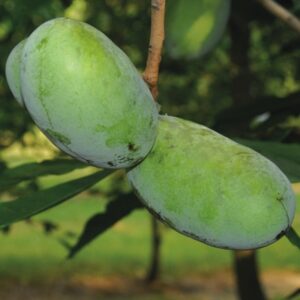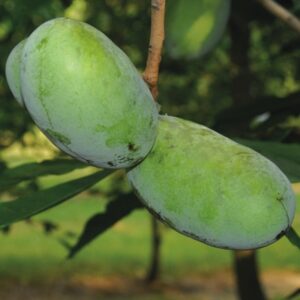Pawpaw : SUNFLOWER 30-40cm (12-16") 1 gallon pot
$54.95
Sunflower was discovered in Kansas by Milo Gibson, circa 1970. The tree has proven to be strong, vigorous and resilient, tending to grow more wide than tall. Fruits are generally medium-large with some real jumbos tipping the scales at over a pound! Excellent, complex flavour is described by Blake Cothron as 'caramel-vanilla-nutty with a mild, fruity aroma.' Sunflower has stood the test of time and according to some sources it is practically self-fertile.
SEMI-FERTILE* | ZONE 5 | HARVEST: EARLY OCT.
Other products in this zone
Growing Tips
In most cases, we recommend planting bareroot fruit trees at their permanent site as soon as you get them. However, the trees in this section of the catalogue (Pawpaws, Persimmons and Jujubes) will often benefit from spending a few more years in a pot. Since these species do not take as well to bareroot handling, we receive them as very small trees in pots. We suggest you repot them in a 2 or 3 gallon container and grow them for several seasons. Pawpaws in particular, will appreciate this, as the tender young trees will prosper much more if you can keep them out of direct sunlight. This way you also have the option of overwintering them in your garage until they are bigger and stronger.
See Page 80 for 3 gallon Root Trapper® Containers.
